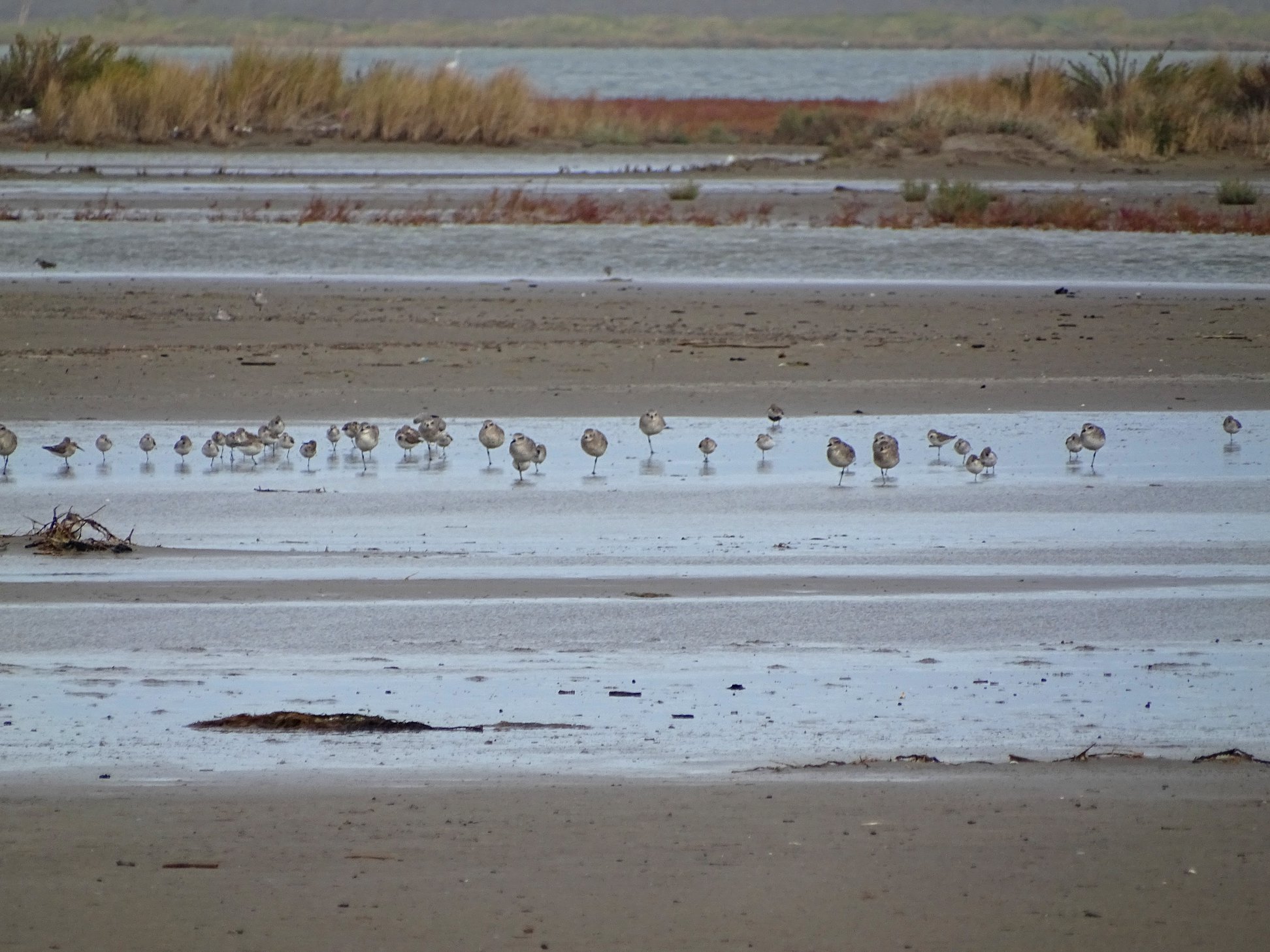TIRANA, February 1
Over 146,000 waterbirds (61 different species) were registered during 11-13 January 2019 in 25 different wetlands across Albania.
Despite the small recent improvements observed during the last years, the long-term trend 1996-2019 points out a decline in the number of wintering waterbirds, the Albanian Ornithological Society confirmed.
The results show that Shkodra Lake and Divjaka-Karavasta National Park are the two most important areas for waterbirds in Albania. Over 35,000 waterbirds were registered in these two areas. The findings confirm that Divjaka-Karavasta National Park remains the wetland with the highest diversity of waterbirds being observed.
The data collected will help to identify wetlands important for waterbirds and take further conservation measures.
The census was implemented in all natural wetlands in the coastal area, the biggest natural lakes, other small lakes, and different reservoirs. The number of observed wetlands has increased to 25 wetlands compared to 21 in 2018. Only 235 waterbirds were counted in the four wetlands added to the scheme.

Read Also: Experience Life in the Wild in Albanian RAMSAR Sites
This year, an noted an increase in the number of IWC participants with 127 persons involved in the fieldwork and the coordination of the activity.
At the national level, the International Waterbird Census was coordinated by NaturAl project, the National Agency for Protected Areas (NAPA) and the Albanian Ornithological Society (AOS).
Eight Albanian and two international experts, run the census from the expertise, guided the field counts and undertook the preliminary analysis.
All Regional Administrations for Protected Areas were involved in the census. Their staff took part directly in counting while RAPAs offered also optical equipment and vehicles to ensure better coverage of the areas under survey.
Read Also: Where to Watch Flamingos, Dalmatian Pelicans and Other Birds in Albania
News Source/Photo Credit: AOS (Waders in Divjaka)
Goal 15: Protect, restore and promote sustainable use of terrestrial ecosystems, sustainably manage forests, combat desertification, and halt and reverse land degradation and halt biodiversity loss


Leave a Reply
You must be logged in to post a comment.